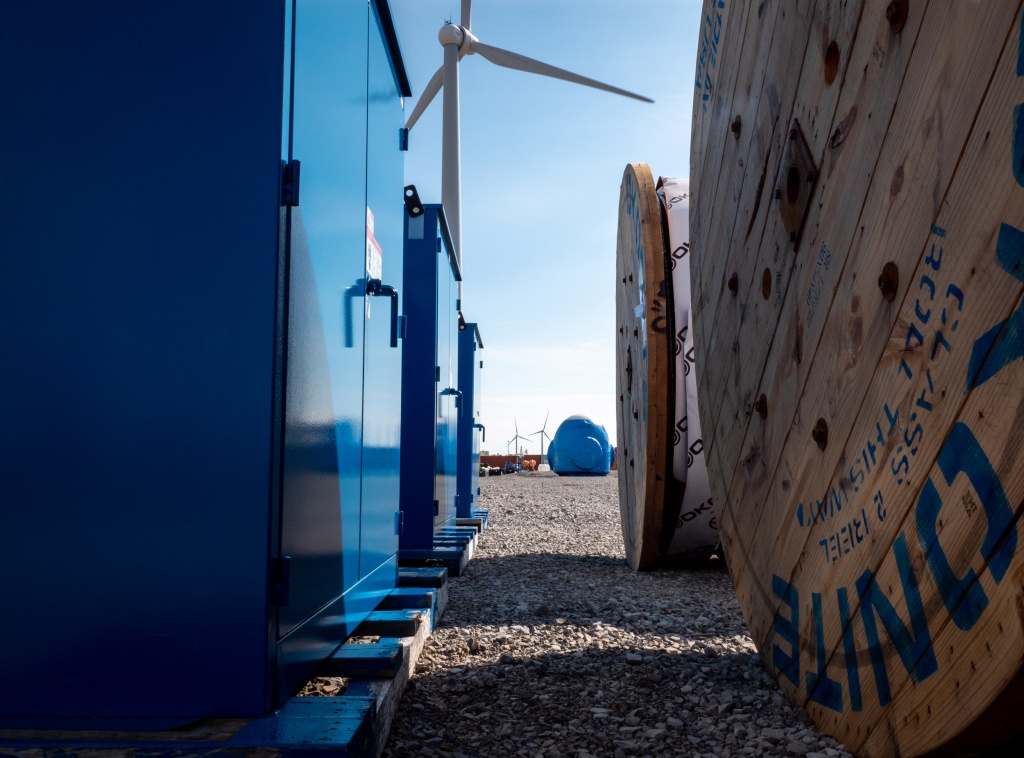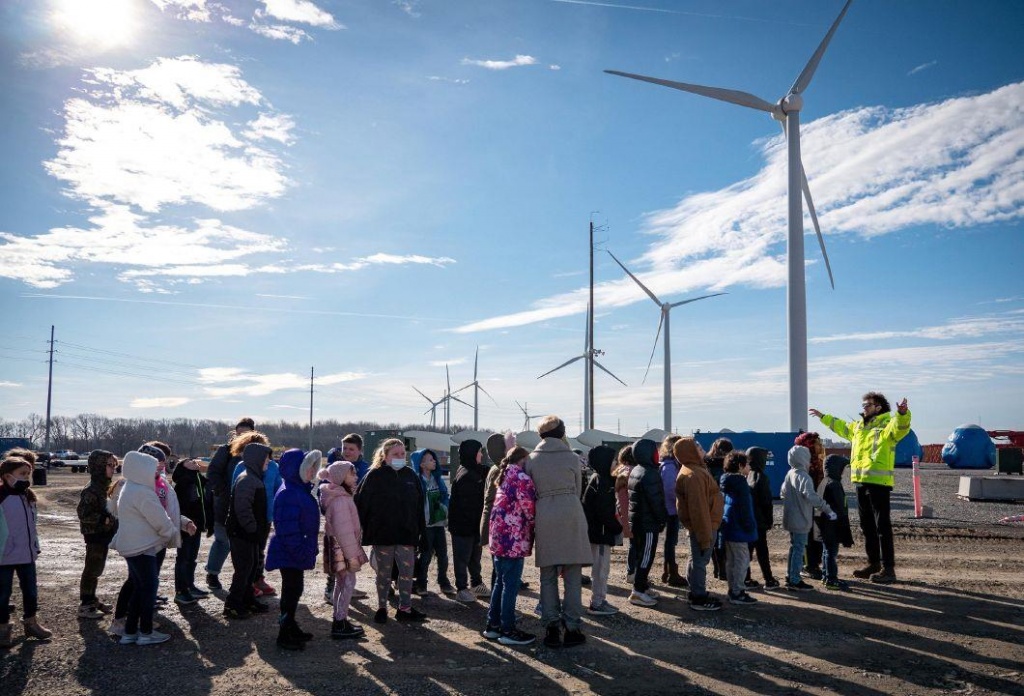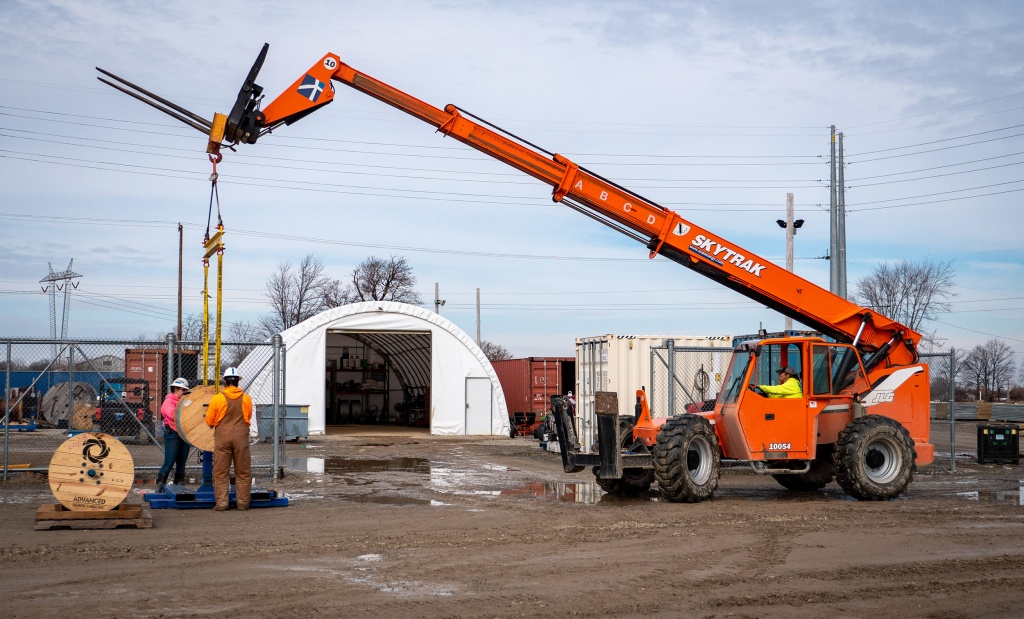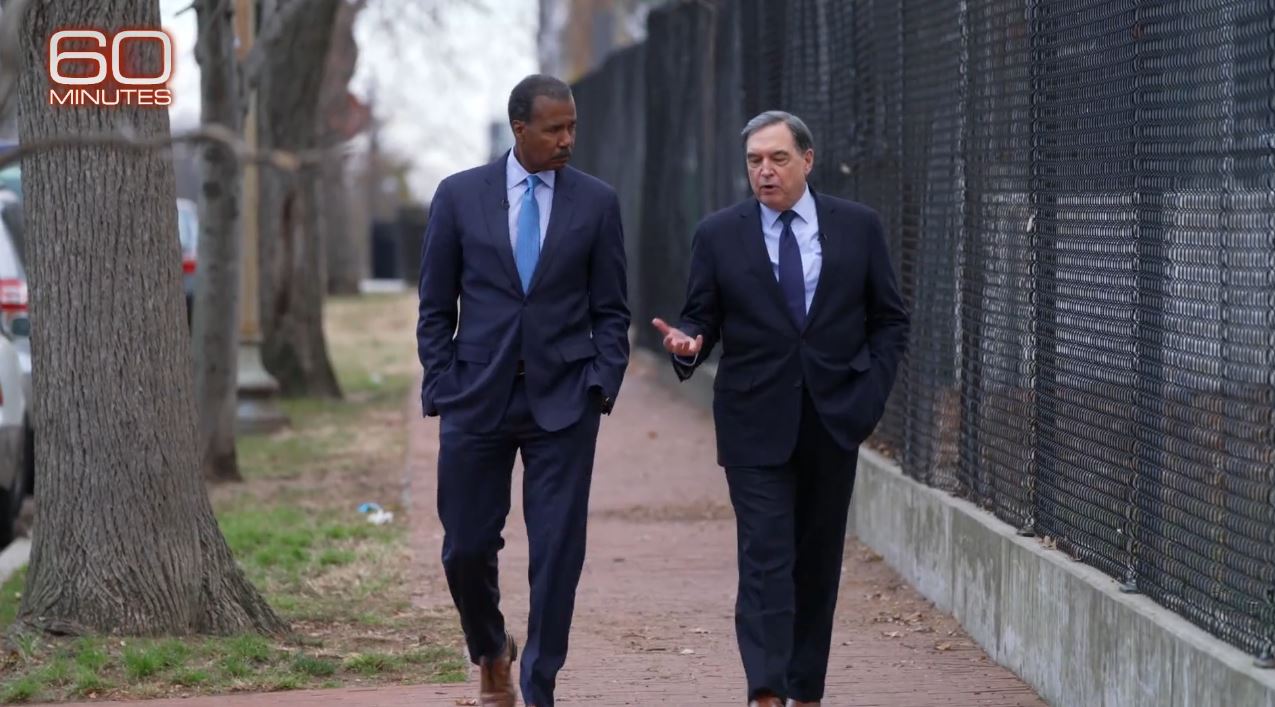No matter your feelings regarding family, it takes an immense amount of emotional bandwidth to be a part of one. So, I find it interesting when companies proudly celebrate that their corporate culture is intentionally structured on the “family” model. Family comes with emotional peaks and valleys, and successfully being part of a family requires a good perspective on boundaries. Is it fair to ask coworkers to function as a family? Personally, I think not.
Familial relationships are based on emotion. From that euphoric moment when a new family member is established, until the moment a family member passes away, we get all the feels. I have yelled louder and smiled wider with my family than in any other relationship. Familial relationships don’t require rationality, they are unconditional.
Work relationships, however, are based on logic. These relationships are political, and they are often defined by questions of time and value: How can we get the most work product out? How can we minimize costs? Who should I work with to get this done as efficiently as possible? The most functional work relationships aren’t based on a metric of how well you get along with your coworkers, rather they are based on how much value is being created. Work relationships may require some emotional connections to strategically function, but they are primarily conditional.
When companies compare their culture to that of a family, it does a disservice to those involved. On one end, to feel like family can be a rewarding and life-changing experience. On the other, a company that strives to feel like a family has trouble setting appropriate boundaries. Over the course of my career, I have changed my thought process on the family-work dynamic. I once thought it was heartwarming that I could join a team that would be an extension of my closest relationships. I now realize that putting that kind of pressure on a business and its constituents isn’t the most functional approach.
Of the many cultural comparisons, I like to use the sports team analogy. There is a coach who is trying to strategically lead their team to a successful season. Players who are conditioning themselves and working hard to win. Every achievement is celebrated, and every loss is deconstructed and analyzed to make continuous improvement. A team can be close-knit, or team members can function as teammates only – both styles can be functional.
I like this example and refer to my coworkers as teammates. My teammates don’t need me to be their mother. The team in which I work doesn’t need me meddling in their personal bubbles or sharing my emotional hurdles with them. They need me to come into work and do what is best for the team to the best of my ability. They need me to help get them to the next stage of their careers. They need me to help share what I have learned openly and honestly. They need me to help create and manage workflow. When you embrace your company’s work dynamic as a team rather than as a family, your team will function with less bias and more professionalism.
I struggle with anxiety and setting boundaries in most relationships I have, and I don’t think I am alone in this struggle. It takes years and experience to discover what type of person one needs to be in order to function at their best. While I enjoy being close to those I work with, I work best when I can separate my work life from my personal life. To me, work and family are much like church and state. They work best when we set clear boundaries between them.
Chelsea Bumb is the Head of Construction at One Energy.
Learn more about Chelsea and the One Energy team.






































